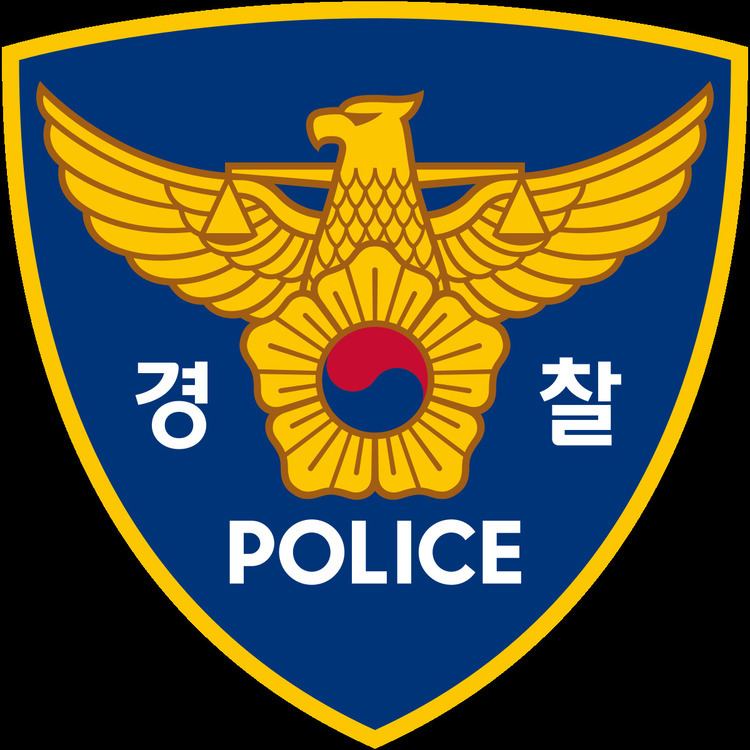Hangul 경찰청 Revised Romanization Gyeongchalcheong | Hanja 警察廳 McCune–Reischauer Kyŏngch'alch'ŏng Abbreviation KNPA | |
 | ||
The Korean National Police Agency (KNPA), also known as the Korean National Police (KNP), is one of a few police organizations in South Korea and is run under the Ministry of Government Administration and Home Affairs. As a national police force it provides all policing services throughout the country. The National Park Services also have their own police organizations, as does the Ministry of Land, Infrastructure and Transportation to police the railroad system.
Contents
History
The NPA is headquartered in Migeun-dong, Seodaemun, Seoul. The agency is divided into 17 local police agencies, including the Seoul Metropolitan Police Agency. Local police agencies are not independent of the national police. There were 106,898 police officers as of 2015.
Following the Saenuri Party's victory during the 2012 election the jurdistiction of the police in investigations was weakened, and that of the prosecutors strengthened.
Combat police
The Combat Police division of the National Police Agency is an anti-riot paramilitary unit, of military conscripts. Its members deal with counterintelligence and riot policing. It was established in 1967, during the Third Republic. Each battalion is assigned to a municipal police agency in the country. In their riot gear, they were once identified by their signature metal riot shields which are numbered such as "1001" or "1011", and on their helmets with the NPA emblem. Now the police use modern tactical clear plastic shields and now deploy high-powered water cannons to minimize civilian injuries. Two weeks of training are taken by each draftee.
The Combat Police are deployed at demonstrations and rallies where violent disorder may occur. When such an event becomes violent they rush in and contain the protestors with long batons and often, their metal shields. When blocking the passage of illegal protesters, the Combat Police use the "Passive Formation", where the shields are held up to make a small wall. This is the most frequent formation used. However they are also trained to retaliate, to the frequent attacks by protesters, by angling the shield and pushing, or jabbing the shield at protestors in this formation.
When they are ordered to contain a protest that has become too violent, such as the North Korea-aligned student group Hanchongryun's firebombing tactics, they use the "offensive formation". In this case, the shields are angled sideways, with the officers charging forward to break the riot.
Instances of police brutality have in the past been raised against the South Korean anti-riot units in particular, by the Asian Human Rights Commission, citing police actions of a "brutal and violent manner" that cause deaths among protesters, including Jeon Young-Cheol on November 24, 2005. The South Korean President, Roh Moo Hyun, later apologised for this violence. The police force themselves reported that 117 officers were injured against 70 protesters, after being hit "with shards of broken bottles and flower vases". Injuries to the riot police officers have themselves become reason for protest, with one in every 53 officers being injured in 2005, the number of injuries having raised to 893 from 331 in 2000.
Special Weapons And Tactics (SWAT)
The KNP SWAT is a specialized unit to perform dangerous operations. The unit's main mission is counter-terrorism, but it also can include serving high-risk arrest warrants, performing hostage rescue and/or armed intervention, and engaging heavily armed criminals.
Coast Guard
Following dissatisfaction with the Korea Coast Guard, in the wake of the sinking of the MV Sewol, the Korean National Assembly voted to disband the Coast Guard as an independent entity and split its responsibilities, the Coast Guards investigative responsibilities were transferred to the National Police Agency, whilst it retained its maritime safety role under a new Ministry of Public Safety and Security.
